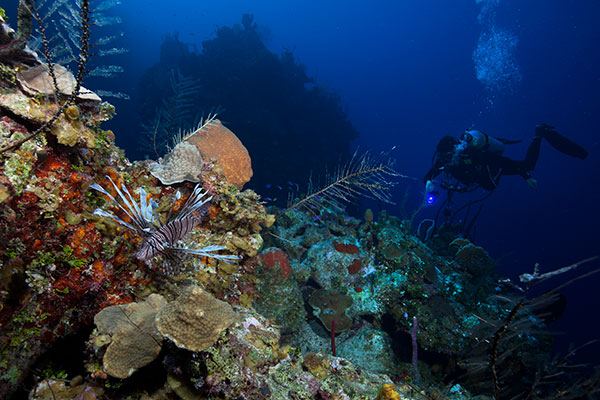Into the deep
Marine biologist David Gruber is passionate about the luminous life in the darkest parts of the ocean. He gives Deng Zhangyu the details.
Humans have always been fascinated with the underwater world and the mysterious deep that's often the setting of adventures in books and films.
Marine biologist David Gruber and his research team at City University of New York have deciphered the genomic code of scores of new fluorescent proteins in underwater animals, according to National Geographic.
"All marine animals in the dark ocean produce lights as their unique language to communicate with each other. It's an underwater disco party. We human beings are the last one to join in," Gruber, 42, tells China Daily.
The scientist was recently in Beijing, invited by cosmetic brand La Mer, to help promote World Ocean Day on June 8.
Gruber has been devoted to studying marine life since the age of 18. He first identified luminous creatures by accident, when he took hundreds of photos of the same coral reef to capture its fluorescent glow and a small bright green eel in one photo caught his attention.
For millions of years, Gruber says, these deep-sea animals have been communicating using a "secret language" with one another. Their fluorescent glow can't be detected by the human eye.
To search for the shimmering species of aquatic creatures, Gruber has explored remote sea areas across the world. There were times when he was underwater almost every day.
"My fingers never dried. I got more used to breathing under the sea with equipment than breathing normally on land," he says. Gruber has a lab in City University of New York and spends at least three months a year at sea.

















